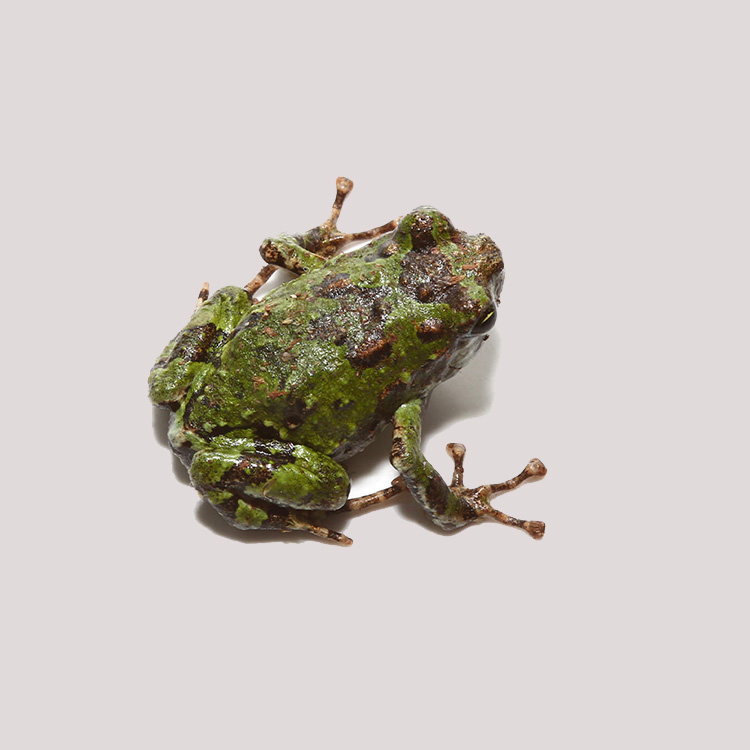Rain Frog for Sale: Unlock the Charm of Nature with Your Own Amphibian Buddy!
Rain Frog for Sale: Unlock the Charm of Nature with Your Own Amphibian Buddy!
Blog Article
The Very Best Reptile Enclosures: Exactly How to Develop the Suitable Environment
Producing the best environment for reptiles is not almost putting them in a container or unit; it involves a thoughtful consideration of various factors that contribute to their overall health. From the dimension of the unit to the kind of substratum utilized, every aspect plays a vital function in offering an atmosphere where your reptile can flourish. By understanding the specific demands of your reptile varieties and carrying out the ideal habitat setup, you can guarantee their wellness and joy in captivity.
Choosing the Right Unit Dimension
When choosing an enclosure size for reptiles, it is imperative to consider their all-natural habits and space needs to ensure their health and health. Various reptile species have differing needs when it comes to habitat room.
A basic regulation of thumb is to provide sufficient space for the reptile to display all-natural habits, such as basking, concealing, climbing up, and foraging. By meticulously taking into consideration the specific needs of the reptile species in question, owners can create a suitable and enriching habitat that promotes overall health and urges all-natural actions.
Establishing Correct Home Heating Aspects
To make sure the well-being and health and wellness of reptiles in their units, it is important to very carefully establish up appropriate burner. Reptiles are ectothermic animals, suggesting they count on outside warm sources to regulate their body temperature level. When establishing heating elements in a reptile unit, it is critical to take into consideration the certain temperature requirements of the varieties you are looking after. Various reptiles have varying temperature level requires based on their all-natural habitat, so it is necessary to research and recognize these demands.
One efficient and common burner for reptile rooms is a heat light or ceramic warmth emitter. These warm resources can be utilized to develop a temperature slope within the enclosure, enabling reptiles to relocate between warmer and cooler locations as needed. Furthermore, under-tank home heating pads or warm floor coverings can be used to supply belly warm, which is specifically beneficial for reptiles that need added warmth to help in food digestion.
Checking the temperature level within the enclosure utilizing a thermostat is vital to ensure that the heating elements are keeping the proper temperature level range for your reptile. On a regular basis check and adjust the burner as required to produce a comfy and healthy and balanced setting for your flaky friend.
Selecting Appropriate Lights Fixtures

Offering the Suitable Substrate
Selecting the ideal substratum is necessary for producing a comfortable and suitable atmosphere for reptiles in their enclosures. Some reptiles, such as desert-dwelling varieties like bearded dragons, grow on substratums like calcium sand or reptile carpet, while others, like round pythons, favor coconut husk or aspen bed linen to maintain moisture degrees.
Prevent substratums that can trigger impaction, such as loosened substrates like sand or crushed rock, especially for reptiles understood to consume their bed linen. Routinely cleansing and replacing the substrate is essential to guarantee a hygienic and tidy setting for your reptile.
Decorating for Enrichment and Convenience
Taking into consideration the substrate's role in providing a structure for all-natural habits and maintaining an ideal setting, improving the reptile enclosure with proper decors is vital for both enrichment and comfort. When decorating the unit, it is necessary to think about the reptile's species-specific needs and actions to produce a space that advertises physical and psychological health. By integrating a variety of decors that imitate the reptile's natural environment, owners can guarantee their animal's convenience and promote their all-natural impulses, ultimately leading to a better and healthier reptile.
Final Thought

Developing the perfect habitat for reptiles is not just regarding positioning them in a container or enclosure; it involves a thoughtful consideration of various elements that add to their total well-being.Selecting the suitable substratum is essential for developing a comfy and suitable environment for reptiles in their enclosures. Some reptiles, such as desert-dwelling species like bearded dragons, flourish on substrates like calcium sand or reptile rug, while others, like sphere pythons, like coconut husk or aspen bed linens to preserve moisture levels.
By integrating a range of designs that imitate the reptile's natural habitat, owners can guarantee their pet dog's convenience and boost their all-natural impulses, eventually leading to a happier and healthier reptile.
In conclusion, developing the ideal environment for reptiles visit this page entails picking the proper room size, heating components, lighting components, substrate, and decorations.
Report this page